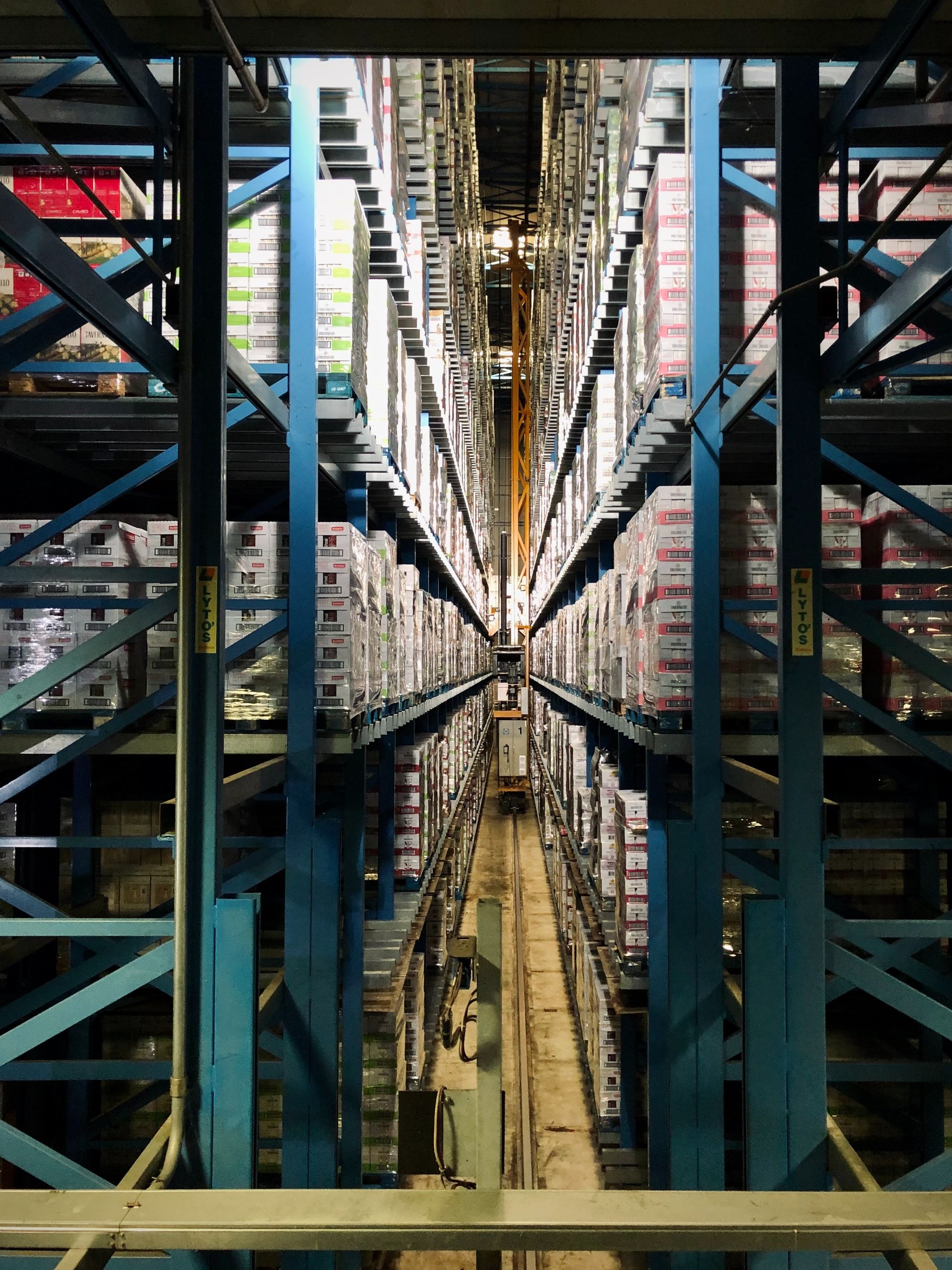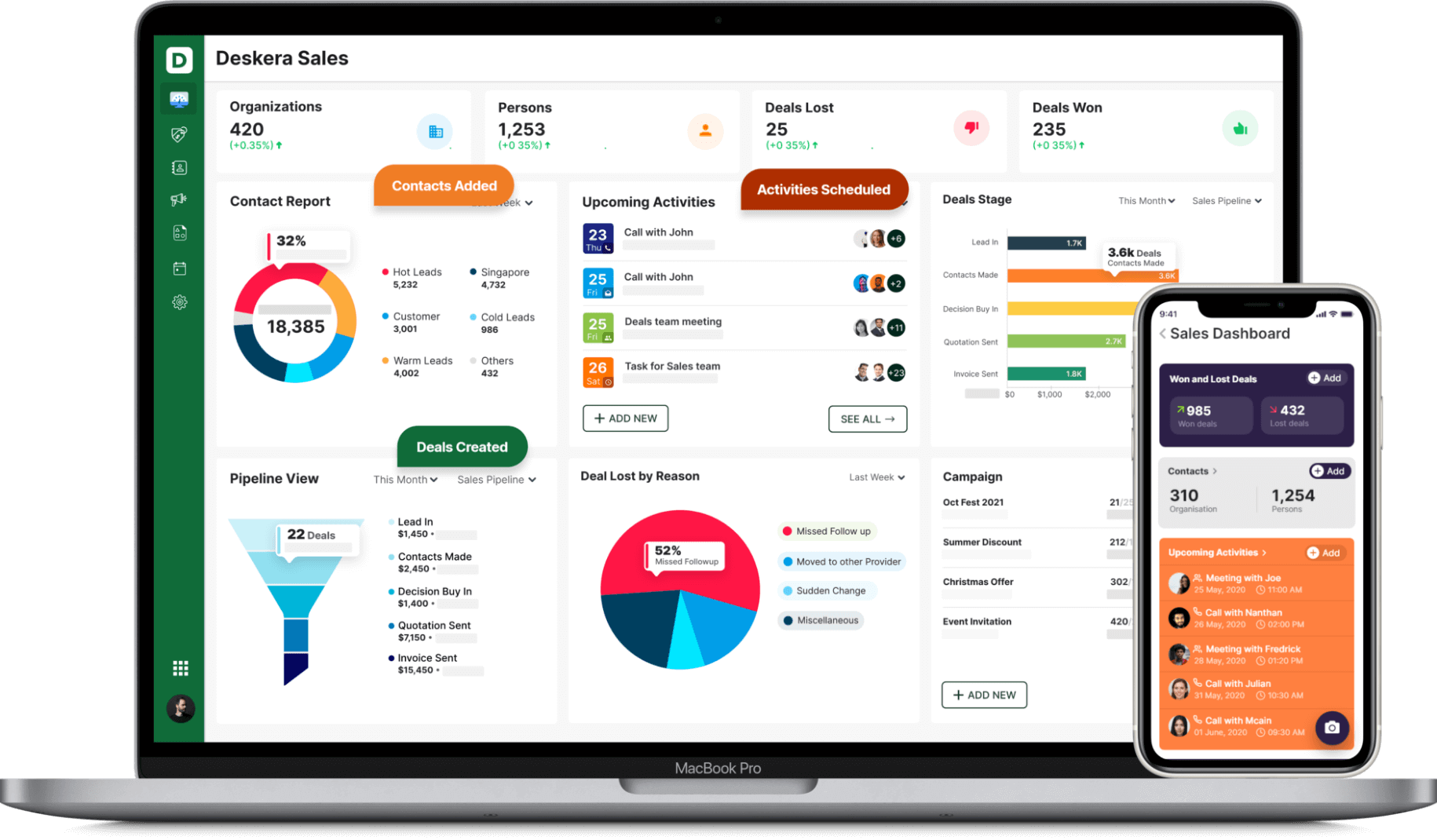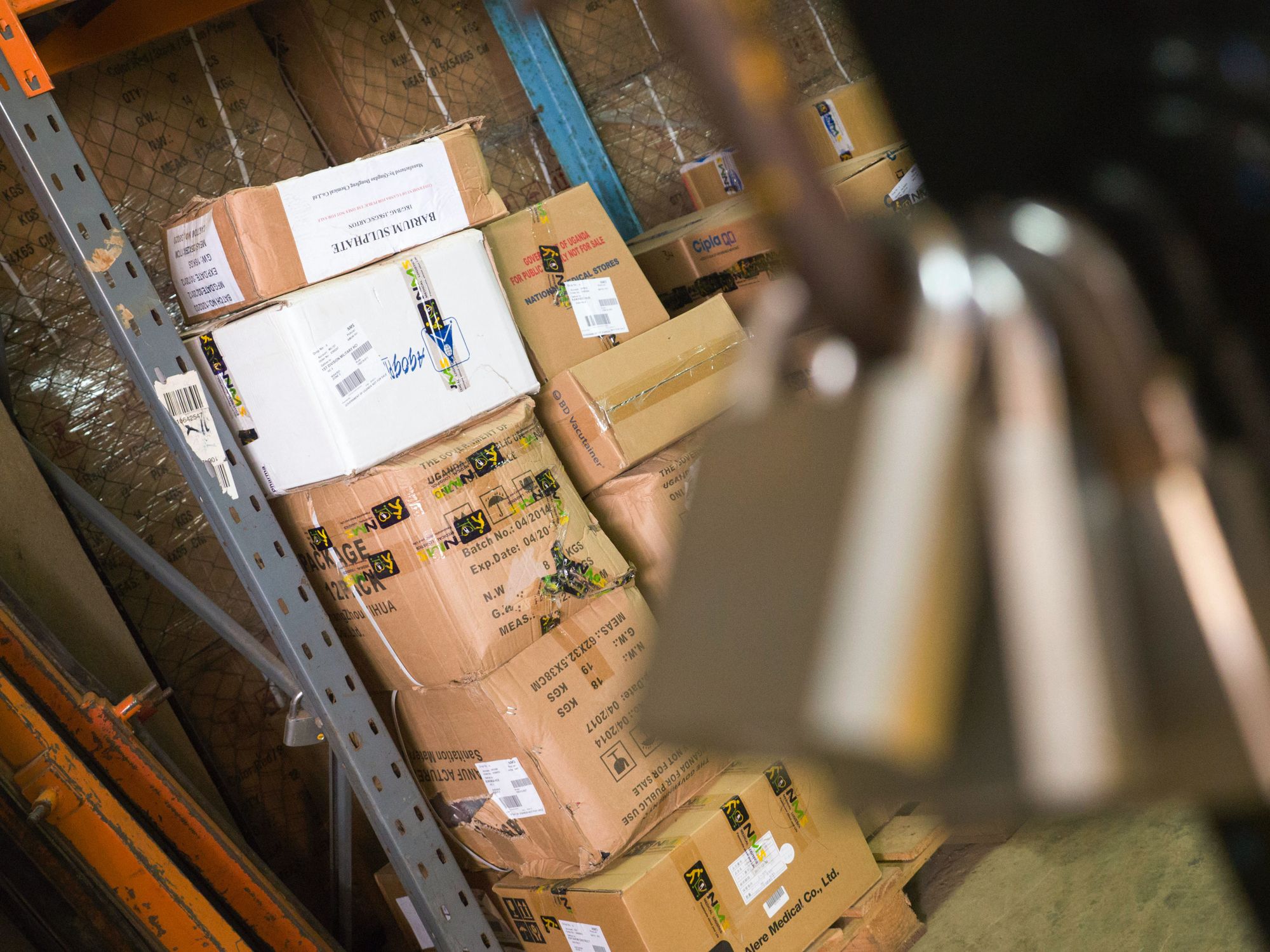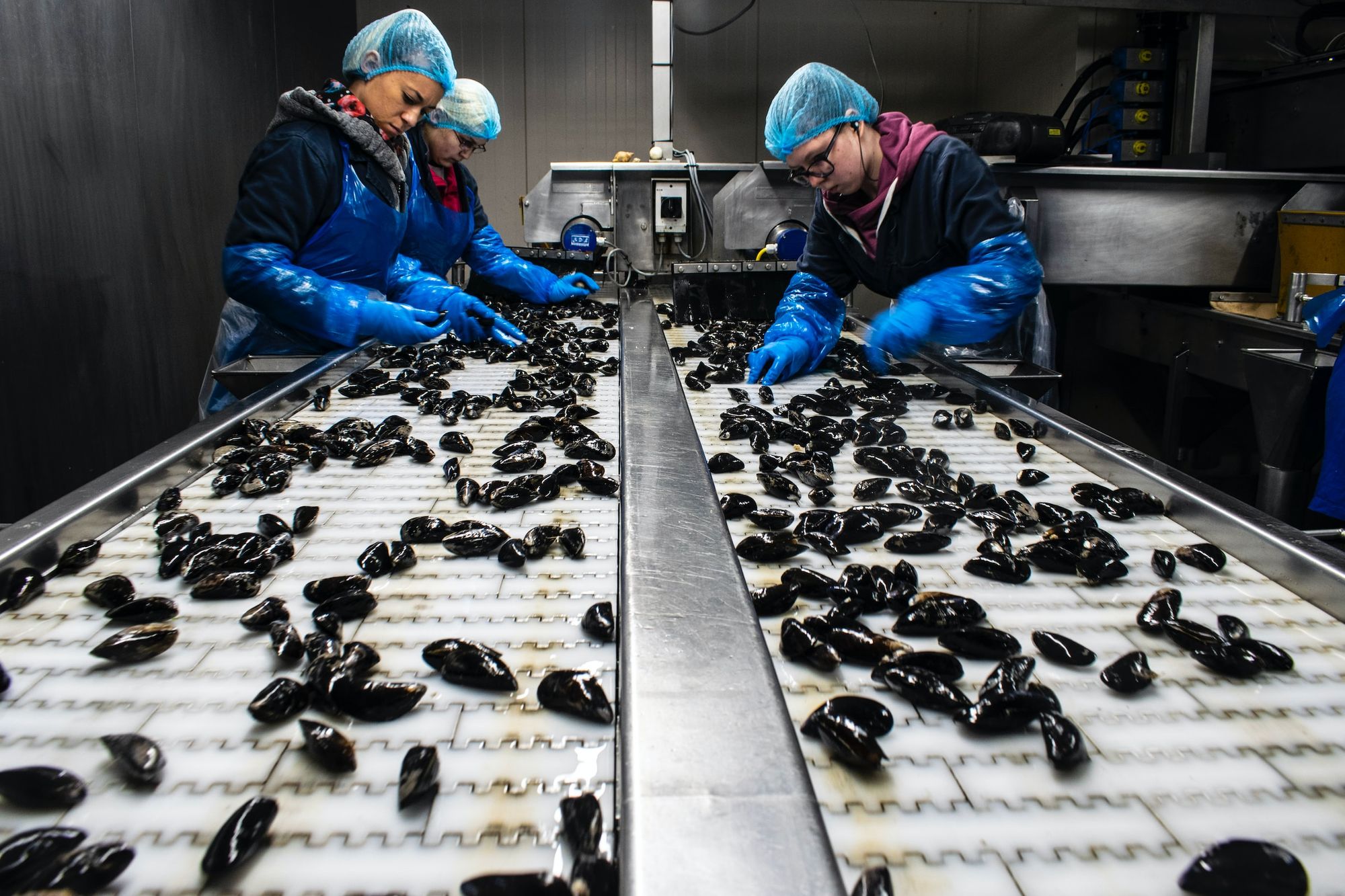As per Forbes 2020, "the sustainable fashion and lifestyle market is projected to grow to $150 billion by 2028, a compound annual growth rate of 8.2%" additionally, the 2020 Grand View Research found that "the global e-commerce market for sustainable products is estimated to reach USD 1,744 billion by 2027, with a CAGR of 19.3%."
In fact, "as per Global Market Insights, in 2020, the sustainable apparel market size was valued at $35.2 billion and is expected to grow at a compound annual growth rate of 20.3% through 2027." Additionally, the same study found that "the global market for sustainable packaging is expected to reach $303.9 billion by 2027, with a compound annual growth rate of 8.5%."
Further on, a 2020 research by Grand View Research found that "the global vegan cosmetics market is expected to reach $20.8 billion by 2027, with a compound annual growth rate of 8.5%."

In fact, the same study found that "the global green chemicals market is estimated to reach $88.6 billion by 2027, with a compound annual growth rate of 9.7%" and "the global sustainable energy market is expected to reach $1.5 trillion by 2026, with a compound annual growth rate of 8.2%."
Also, a 2020 study by Mordor Intelligence found that "the global organic beauty products market is expected to reach $25.11 billion by 2025, with a compound annual growth rate of 10.1%."
These statistics highlight the increasing trend of consumers engaging in sustainable sales, making it one of those trends that must be incorporated by businesses to maximize their net revenue and net profit ratio.
However, in order to be able to do so, you first need to understand everything that there is about sustainable sales. Thus, this article will cover the following topics:
- What is Supply Chain Sustainability?
- What are the Different Types of Supply Chains that You Must Create to Pursue Sustainability?
- Why is Supply Chain Sustainability Important for Impact Investing?
- How to Measure Sustainable Performance?
- What are the KPIs for Sustainable Procurement?
- What can Procurement Leaders Do?
- 8 Practices that You Must Incorporate to Optimize Your Supply Chain’s Sustainability
- Success Factors in Sustainability Tracking
- FAQs Related to Sustainable Supply Chains
- How can Deskera Help You with Sustainable Supply Chains?
- Key Takeaways
- Related Articles
What is Supply Chain Sustainability?
Supply chain sustainability or sustainable supply chain refers to the management of environmental, social, and economic impacts and the governance of ethical behavior throughout the lifecycle of a product or service.
It aims to ensure that your supply chain operates in a way that minimizes harm to people and the environment while promoting responsible and sustainable business practices.
This includes considering the sourcing of raw materials, reducing your carbon footprint, manufacturing processes, ensuring fair labor practices across your supply chain, transportation, and disposal or recycling of products at end-of-life.
Thus, the goal is to create a sustainable and resilient supply chain that supports long-term business success and contributes to a better world.
In fact, while supply chains were once limited to logistics and involved tracking the movement of goods, the rise of digital supply chains and associated analytics have made it easier to track sustainability metrics.
This means that if your company implements supply chain sustainability, then it will be able to ensure positive brand awareness, increased customer loyalty, and higher sales and revenue.
What are the Different Types of Supply Chains that You Must Create to Pursue Sustainability?
The six different types of supply chains that you must create to pursue sustainability are:
Green Supply Chain
This focuses on reducing the environmental impact of the supply chain by using eco-friendly materials, processes, and transportation methods. This will appeal to those buyer personas that are looking for sustainable products and will thus help you in increasing your ratio of accounts receivable as against accounts payable.
Thus, in such supply chains, the entire product life cycle from design to logistics will be governed by green principles like reducing emissions and minimizing waste. This in turn will lead to sustainable supply chains.
Social Supply Chain
This emphasizes fair and ethical treatment of workers, suppliers, and communities along the supply chain.
For your customers who find these factors important, implementing such a supply chain will help you in improving customer retention and increase your gross profits. It will also help you in retaining top talent among your employees while ensuring better management of workplace stress.
Thus, from the social point of view, by adopting this type, you will be able to ensure sustainable supply chain.
Circular Supply Chain
These aims to close the loop of material and energy use, reducing waste and promoting reuse, repair, refurbishment, and recycling.
This will help you in reducing your business expenses while also ensuring that your net working capital is preserved. It will also help in improving your cash flow, as well as your financial KPIs.
For instance, many companies use recycled plastic in innovative ways to create new products. This ensures sustainable supply chains.
Resilient Supply Chain
This focuses on creating a supply chain that can withstand and recover from disruptions, such as natural disasters, political instability, and supply chain disruptions.
If you are able to set up a resilient supply chain, then you will be able to encourage returning customers with increased sales and higher returns on investment.
Local Supply Chain
This prioritizes sourcing materials and products from local suppliers to reduce transportation emissions and support local communities. These will thus also help you in reducing your expenses, as well as lead times. It will also lead to improvement in your operational metrics. Lastly, it will ensure that you have a sustainable supply chain.
Transparent Supply Chain
This involves sharing information about supply chain practices and suppliers, promoting accountability and transparency. In fact, by implementing a transparent supply chain, your supply chain management will improve, thus helping you improve your business metrics, as well as ensuring that you have a sustainable supply chain.
Why is Supply Chain Sustainability Important for Impact Investing?
Supply chain management affects the Environmental, Social, and Governance (ESG) significantly and thus impacts investors worldwide who are paying attention to it. According to Scope's examination of 1,600 companies included in the MSCI World Index, supply chains are often responsible for 41% of a company's effect on ESG.
In fact, all organizations should effectively manage their supply chains to satisfy stakeholders' and investors' needs, given the global expansion of ESG reporting requirements.
Thus, impact investing involves the practice of investing in organizations that look beyond the financial returns of their shareholders to additionally generate measurable environmental and social implications. It is because of this reason that impact investors pay close attention to the ESG factors that are closely related to supply chain risks.
Thus, for the impact investors, any instances of natural resource depletion, pollution, human rights violation, and corruption in any organization’s complex and multi-tiered supply chain network would become indicators of poor ESG performance.
This means that if you are able to identify risk factors and effectively establish the sustainability of your supply chain, then you would be able to enhance the financial performance of investor-owned business assets, which in turn will boost the reputation as well as investment performance for yourself as well as for your investors.
In fact, once implemented well, organizations like yours will be able to gain several opportunities to amplify your financial performance. Hence, supply chain sustainability is important for impact investing because it aligns with the goals of creating a positive social and environmental impact while generating financial returns. The following are some reasons why:
Reputation and Brand Value
Companies with sustainable supply chains often enjoy better reputations and brand recognition, which can translate into increased customer loyalty and higher profits.
Risk Management
A sustainable supply chain can help mitigate risks such as supply chain disruptions, environmental regulations, and negative public perception.
Innovation
Pursuing sustainability in the supply chain can lead to innovation and new business opportunities, such as developing eco-friendly products or processes.
Long-Term Success
A sustainable supply chain supports the long-term success of a business by reducing costs, improving efficiency, and addressing future challenges.
Alignment with Impact Investing Goals
Supply chain sustainability aligns with the impact investing goal of creating a positive social and environmental impact while generating financial returns.
By investing in companies with sustainable supply chains, impact investors can support the transition to a more sustainable and equitable economy.
How to Measure Sustainable Performance?
Nowadays, it is crucial that organizations consider the total impact on the economy, the environment, and society, in addition to what is relevant to your company’s internal stakeholders, when assessing sustainable performance.
Sustainable performance can be measured using various sustainability metrics and indicators, such as:
- Environmental indicators, such as greenhouse gas emissions, energy consumption, and waste generation.
- Social indicators, such as employee satisfaction, labor practices, community engagement, and human rights.
- Economic indicators, such as financial performance, return on investment and cost savings from sustainability initiatives.
- Governance indicators, such as transparency, stakeholder engagement, and sustainability reporting.
These metrics and indicators can be used to create a sustainability report that assesses a company's performance in various areas.
The best way to ensure the relevance of such an assessment is by using a formal standard that will allow you to report in a structured and transparent way.
While there is no globally accepted system for sustainability tracking and reporting, the Global Reporting Initiative (GRI) and the Sustainability Accounting Standards Board (SASB) are two organizations that provide frameworks and standards for sustainability reporting.
The GRI Standard is used by 73% of the world’s 250 largest companies across more than 100 countries.
What are the KPIs for Sustainable Procurement?
While each organization will choose different metrics based on what is important or material to their business and their industry, sustainable procurement can mean a lot of things ranging from measuring CO2 footprint to mitigating modern slavery.
However, some of the real performance metrics that you can use for assessing the sustainability of your organization’s procurement are:
Environmental Sustainability Metrics
In most organizations, environmental sustainability metrics is the main area of tracking. Environmental metrics cover a wide range of activities that impact waste, climate, and energy use.
Some of the sustainability KPIs to be considered here are:
- Co2 emissions reduction in kt
- Energy consumption in kWh
- Material efficiency in material input per unit of service (MIPS)
- Water usage in metric tons
- Noise pollution in decibels
- Waste reduction in cubic meters
- Plastic reduction in metric tons
- Compliance with environmental standards
- Compliance with chemical safety requirements
- Number of suppliers audited against environmental standards
Energy and Emissions
Some of the major factors contributing to climate change are Co2 emissions and other pollutants resulting from the burning of fossil fuels. Thus, efforts to improve energy efficiency also include migrating to more renewable energies that reduce harmful greenhouse gasses (GHG) emissions.
In fact, the International Integrated Reporting Council (IIRC) provides a comprehensive corporate reporting option that will be useful to you when you need to prove sustainable value to potential investors. As per this,
- Scope 1 emissions are the direct emissions, which are the simplest to track.
- Scope 2 emissions are the indirect emissions. These are due to the consumption of acquired steam, electricity, heat, and cooling. To accurately measure your energy consumption, you can use software and equipment such as sensors.
- Scope 3 emissions are the supply chain emissions that are harder to validate and track. This is where procurement can bring transparency and visibility into supply chain GHG emissions. To have reliable environmental reporting here, you will need to work closely with your suppliers and set common goals.
Water
For most organizations, especially in manufacturing and the FMCG sector, water is a key sustainability metric.
You can track your water usage, quality, and the cost of water pollution on the environment, as well as the loss of water through leaks and evaporation. You should influence your suppliers to reduce and track their water use to reduce not only costs but also save the environment.
Waste
It has become a prevailing trend wherein companies are beginning to focus on their contribution to the circular economy through waste management. Waste includes but is not limited to hazardous materials, food and packaging waste, debris and industrial waste, and final disposals.
To become sustainable here, you can replace plastic packaging and single-use materials with recycled, recyclable, routable, or circular materials.
Social and Governmental Metrics
Areas such as diversity, inclusion, and employee welfare, which depend on numerical statistics, can be monitored directly. However, in comparison, tracking other social metrics is less straightforward.
This is because measuring performance against human rights goals, such as improvement in living conditions and creating work opportunities in affected communities, requires data and detailed analysis.
In governance, success is defined by the level of adherence to regulations and policies within the specific industry sector for both your own organization as well as the supplier base.
In fact, the corporate social responsibility KPIs include:
- Compliance with UN global conduct
- Compliance with the Code of Conduct
- Compliance with safety and security requirements
- Share of suppliers audited against CSR standards
- Work-life balance, working hours
- Community engagement, volunteering hours
- People development, learning hours
- Share of suppliers that filled in the self-assessment questionnaire
- Share of diverse suppliers in the supply base
- Diversity, equity, and inclusion (DEI) survey result
What can Procurement Leaders Do?
The fact is that the requirements for sustainable procurement are evolving, and thus to be able to assess its sustainability correctly, it is necessary that the relevant KPIs follow suit.
Thus, your supplier’s commitment and performance against environmental, social, and governance standards need to be evaluated as part of your procurement processes and policies.
In fact, many suppliers have included sustainability as part of their offering in the hope of new business opportunities as well as preferred supplier status. This means that, more often than not, the best practices, innovations, and industry-leading examples come from the supply chain.
All of this highlights how evaluating sustainability performance enables you to set targets and take corrective actions so as to be able to drive improvement and do business that is sustainable in the long run.
Thus, the eight steps to start measuring your procurement’s sustainability performance are as follows:
- Establish a baseline and starting point
- Include ESG requirements in procurement processes and RFx.
- Hold business owners and suppliers accountable for their ESG footprint and emissions.
- Start tracking your scope 1, scope 2, and scope 3 emissions.
- Set realistic targets, and focus on key suppliers and emission hotspots.
- Drive innovation and collaboration with key suppliers. Encourage the use of alternative modes of transportation, energy sources, and materials.
- Evaluate progress against targets. Then assess if the actions taken are effective enough.
- Lastly, benchmark your performance against industry peers, seek advice when needed, and then share best practices.
8 Practices that You Must Incorporate to Optimize Your Supply Chain’s Sustainability
The top eight practices that you must incorporate to optimize your supply chain’s sustainability, as well as resilience, are:
Identifying Critical Issues and Opportunities in Supply Chain Management
Currently, the demand for creating sustainable supply chains is driven by pressure from internal customers, stakeholders, and regulatory bodies across the world.
To be able to cater to all such diverse needs that might have arisen in your organization as well, you must take a comprehensive survey of your existing supply chains.
Then you should take steps to optimize your supply chain sustainability by tracking the product life cycle and supply chains of each of your products and services.
One of the ways in which you can optimize your supply chain is by helping your lower-tier suppliers who are unable to adhere to sustainability policies implement associated practices that will help them with the same.
In fact, you might find that many of your suppliers are not equipped with adequate environmental management systems, while others are hiring temporary employees, which is leading to high turnover rates.
All of this is making it difficult for them to implement lasting environmental, health, and safety practices, which in turn is affecting the sustainability of your supply chain.
Considering that several studies have found that your leadership will help set the best sustainability practices at the top, which in turn will define expectations across the entire supply chain. Thus, you must begin to identify risks across your supply chain to be able to set the best practice guidelines. Some of the areas that you can focus on are:
- Human Rights and Labor- It is crucial that you survey labor conditions across factories, offices, and other sites. While surveying, you must ensure that they are adhering to national and international regulatory standards.
The primary goal behind doing this is to have your entire supply chains adopt anti-discriminatory workplace practices, avoid excessive work hours, and even adhere to laws that abolish modern slavery, child labor, and human trafficking. This becomes an integral part of human rights due diligence.
- Corruption Risks- Here, the organizational leadership should monitor fraudulent and corrupt practices across their supply chains.
This is important because corruption at any level of your supply chain can create the potential for legal hurdles, leading to a reduction in product quality, and taint your organization’s reputation. Thus, by examining corrupt practices, you will be able to lay the foundation of sustainability across your supply chains.
- Environment- There are several countries and jurisdictions which lack strong environmental laws. This leads to supply chains of the organizations of those regions leaving harmful traces on the environment because the supply chain managers have no clear direction regarding best practices for the sustainable supply chain management.
However, you would be able to identify critical supply chain sustainability risks by becoming proactive and tracking critical resource reduction efforts pertaining to water, energy, and waste, and also by reducing GHG emissions.
Also, bringing your suppliers on board will be a crucial step to collectively adopting clean technologies and solving pressing environmental issues.
Involving Whole Supplier Networks to Enhance Supply Chain Sustainability
Successful sustainable supply chains are those that exhibit aligned incentives across partners, with the costs and rewards of business distributed equitably across the supplier network.
In fact, offering network-wide incentives is one of the most effective ways of bringing immediate and lower-tier suppliers on board to adopt practices that will lead to supply chain sustainability.
What you must keep in mind here is that the sustainability in the supply chain is largely dependent on the best practices demanded by the organizations at the top. Thus, you must ensure that you set only practical deadlines for your first tier as well as up till your lower-tier suppliers.
In fact, you must do so in a manner that you are sensitive to the suppliers’ current production capacities. This will ensure that you are setting the stage for just and sustainable working hours and conditions throughout the supply chain.
In addition to setting a positive example, you can also offer monetary and other incentives to assist suppliers in adopting sustainable practices.
Lastly, you can periodically survey your suppliers to examine their environmental, health, and safety practices, which will help them meet their sustainability targets, and also train them to network and map their sustainability efforts.
Collaborating for Better Supply Chain Sustainability
To ensure optimal ESG performance and business returns across your supply chains, you must engage in collaborative initiatives, as well as establish multi-stakeholder governance.
In fact, by empowering stakeholders, including NGOs, workers, and governments, to equitably represent and negotiate their environmental and social concerns, you would be able to establish network-wide accountability. You can then monitor this to boost your supply chain sustainability.
What you must keep in mind is that when you are picking the right initiatives, you should always look for tangible results from the aforementioned collaborative actions.
This involves translating your vision and mission into key performance indicators (KPIs), both quantitative and qualitative. Additionally, relevant coalitions will also display your commitment to tackling barriers to supply chain sustainability.
Optimizing Supply Chain Sustainability with Efficient Management Tools
Considering the spread and complexity of global supply chains, all efforts of sustainability calls for efficient management tools that will help you track environmental metrics. This will keep your whole supply chain accountable to ESG obligations.
In fact, for bringing transparency to your entire supply chain, digital management tools like Deskera will be your perfect solution. From Artificial Intelligence (AI) to Environmental Control Systems, you should actively work towards incorporating these digital tools into your sustainable supply chain management programs. These tools will enable you to easily prove your ESG credentials to impact investors.
Additionally, you should also urge your suppliers to share their sustainability data. In fact, you should also empower them with tools that will efficiently let them capture such data from lower-tier suppliers. This way, you will also be able to persuade them better to join you on your sustainability journeys.
Another benefit of implementing such digital tools is that it will also let you identify risks, thereby letting you train and engage first and third-tier suppliers and their workers to commit to sustainability goals.
However, your primary step before setting such a responsible example and setting sustainability goals for the whole supply chain would be to look within and adopt enterprise-wide technologies that will aid in-house green processes, as well as help in capturing and processing data to support your own ESG goals.
Sustainable Sourcing
One of the ways of ensuring sustainable supply chains, you must source materials and products from suppliers who employ sustainable practices and use environmentally friendly materials.
Lean Manufacturing
To ensure that you have sustainable supply chains, you must implement lean manufacturing practices to minimize waste and reduce energy consumption.
Sustainable Logistics
To have sustainable supply chains, you must optimize transportation methods to reduce emissions and waste and prioritize the use of sustainable modes of transportation.
Product Life Cycle Management
Implement strategies to reduce the environmental impact of products throughout their lifecycle, such as using recycled materials, promoting repair and reuse, and implementing end-of-life recycling programs. This will become one of the keys for ensuring sustainable supply chains.
Success Factors in Sustainability Tracking
Tracking internal and external sustainability performance and communicating results to stakeholders requires accurate data, effective systems, industry expertise, and analytical competence.
AI, automation, and technology enable effective reporting practices that concentrate on making decisions based on insights. With thousands of suppliers, procurement must pinpoint emission hotspots and the spend categories with the highest ESG impact and most potential for improvement.
Often, the first stage is to concentrate attention on important suppliers and risk categories. The effectiveness of your sustainability plan depends on visibility and up-to-date data because ESG rules, market conditions, and supplier chains are constantly changing.
Collectively, all of this will help you track and assess the performance of your sustainable supply chains.
FAQs Related to Sustainable Supply Chains
- What is a sustainable supply chain?
A sustainable supply chain is a supply chain that aims to minimize negative environmental and social impact while maximizing positive impact and promoting long-term sustainability.
- Why is a sustainable supply chain important?
A sustainable supply chain is important because it reduces the negative impact of business activities on the environment and society and helps to ensure that future generations have access to the resources they need.
- What are some examples of sustainable practices in supply chains?
Examples of sustainable practices in supply chains include reducing waste and emissions, using renewable energy, sourcing materials from sustainable sources, and promoting fair labor practices. Once practiced, this will lead to sustainable supply chains.
- How can companies assess the sustainability of their supply chains?
Companies can assess the sustainability of their supply chains by evaluating their suppliers and implementing sustainability metrics, such as carbon footprint, water usage, and waste reduction. These insights, and necessary corrective measures will ensure sustainable supply chains.
- What role do consumers play in promoting sustainable supply chains?
Consumers play a critical role in promoting sustainable supply chains by demanding products that are responsibly sourced and produced and by supporting companies that have a commitment to sustainability.
- How can small businesses implement sustainable practices in their supply chains?
Small businesses can implement sustainable practices in their supply chains by starting with simple changes, such as reducing packaging waste, sourcing materials from sustainable suppliers, and reducing energy use. This will thus lead to sustainable supply chains.
- What are some of the challenges of creating a sustainable supply chain?
Some of the challenges of creating a sustainable supply chain include a lack of information about supplier practices, a lack of transparency, and resistance from suppliers to change.
- How can technology be used to support sustainable supply chains?
Technology can be used to support sustainable supply chains by providing data and insights to help companies make informed decisions about sustainability and by automating processes to increase efficiency and reduce waste.
- What are the benefits of a sustainable supply chain for companies?
The benefits of a sustainable supply chain for companies include improved reputation and brand image, reduced costs, increased efficiency and productivity, and improved relationships with suppliers and customers.
- How can governments promote sustainable supply chains?
Governments can promote sustainable supply chains by implementing policies that encourage sustainable practices, such as tax incentives for companies that use sustainable sourcing and production methods, and by supporting research and development in sustainable technologies.
How can Deskera Help You with Sustainable Supply Chains?
Deskera can help companies to create more sustainable supply chains by providing a platform that allows them to track and monitor their entire supply chain operations in real time.
With Deskera’s Supply Chain Management software, i.e., Deskera CRM, companies can easily identify and monitor suppliers and customers, track inventory levels, manage orders, optimize distribution networks, and more.

It also allows companies to monitor their environmental impact and monitor their emissions. Deskera CRM also ensures that your dashboard has real-time insights into the sustainability performance of your supply chain, thereby letting you make the most accurate decisions in a timely manner. Thus, this helps in creating more efficient and sustainable supply chains.
Key Takeaways
Supply chain sustainability refers to the management of environmental, social, and economic impacts and the governance of ethical behavior throughout the lifecycle of a product or service.
It aims to ensure that your supply chain operates in a way that minimizes harm to people and the environment while promoting responsible and sustainable business practices.
This includes considering the sourcing of raw materials, reducing your carbon footprint, manufacturing processes, ensuring fair labor practices across your supply chain, transportation, and disposal or recycling of products at end-of-life.
The different types of supply chains that you must create to pursue sustainability are:
- Green supply chain
- Social supply chain
- Circular supply chain
- Resilient supply chain
- Local supply chain
- Transparent supply chain
Some of the reasons why supply chains are important for impact investors are:
- Reputation and brand value
- Risk management
- Innovation
- Long term success
- Alignment with impact investing goals
Some of the ways in which you can measure sustainable performance are:
- Environmental indicators such as energy consumption, greenhouse gas emissions
- Social indicators such as employee satisfaction and human rights
- Economic indicators such as return on investment, cost of savings from sustainable initiatives
The eight practices that you must incorporate to optimize your supply chain’s sustainability are:
- Identifying Critical Issues and Opportunities in Supply Chain Management
- Involving Whole Supplier Networks to Enhance Supply Chain Sustainability
- Collaborating for Better Supply Chain Sustainability
- Optimizing Supply Chain Sustainability with Efficient Management Tools
- Sustainable Sourcing
- Lean Manufacturing
- Sustainable Logistics
- Product Life Cycle Management
With Deskera CRM, you will be able to effectively track not only the sustainability measuring performance metrics but also ensure end-to-end traceability and transparency in your supply chains. This will thus help you in ensuring the sustainability of your supply chains.
Related Articles













